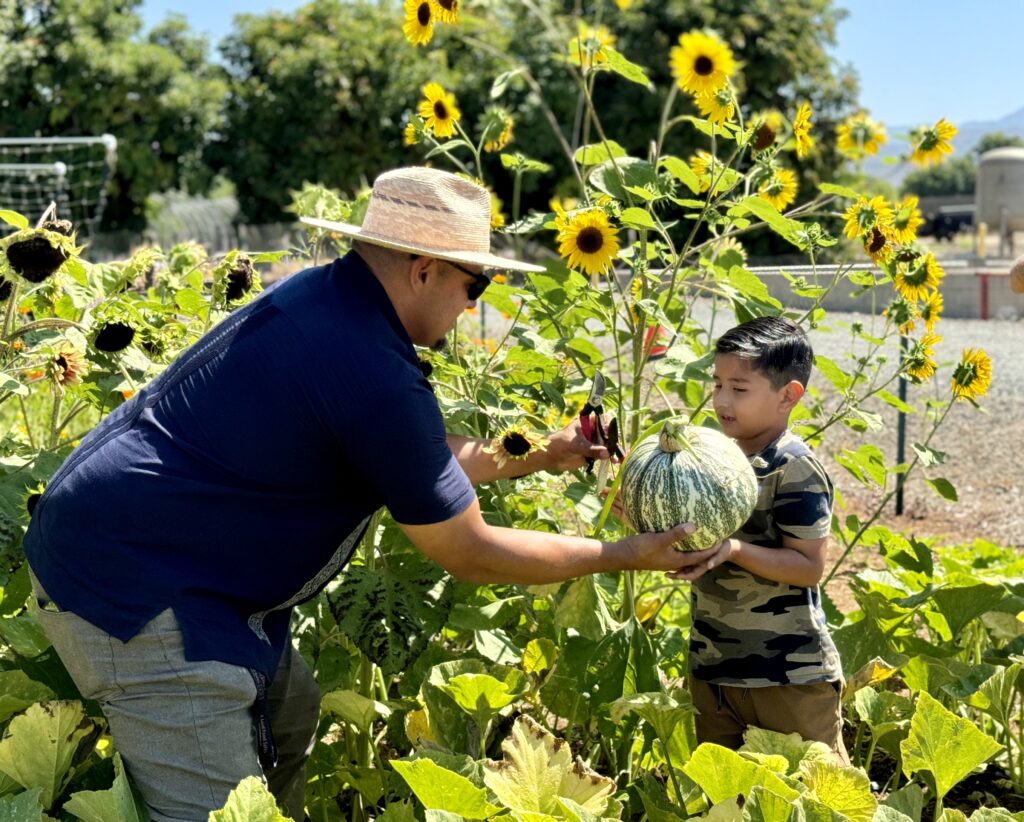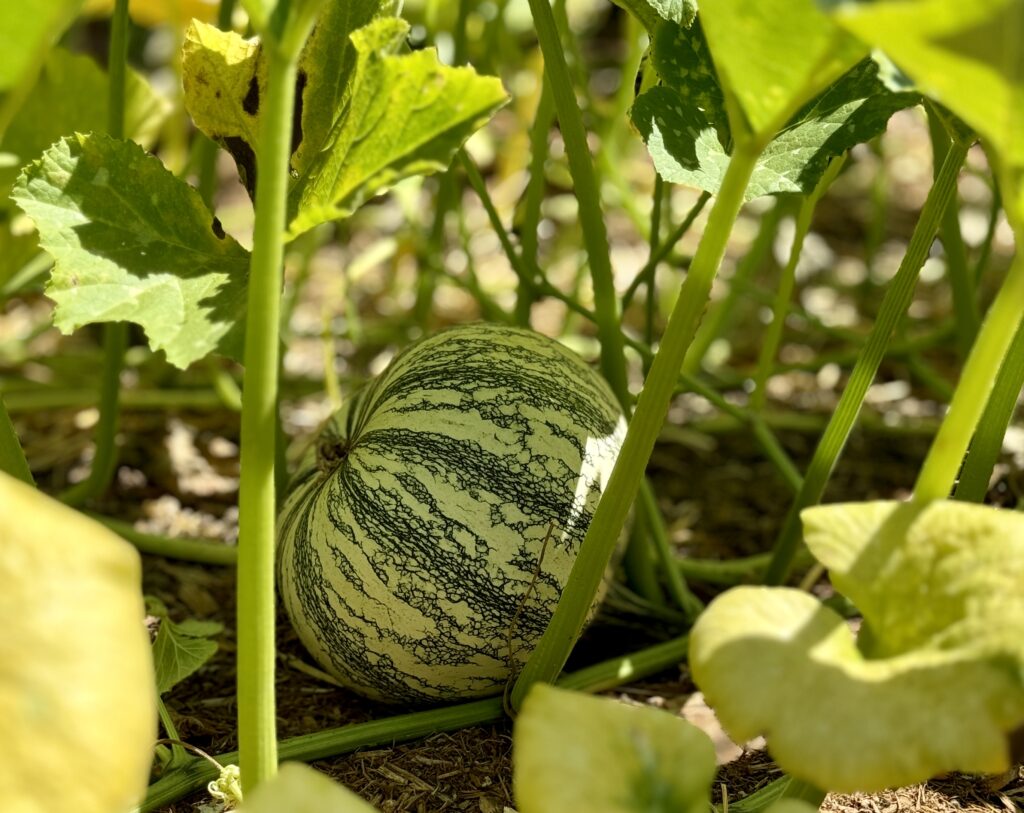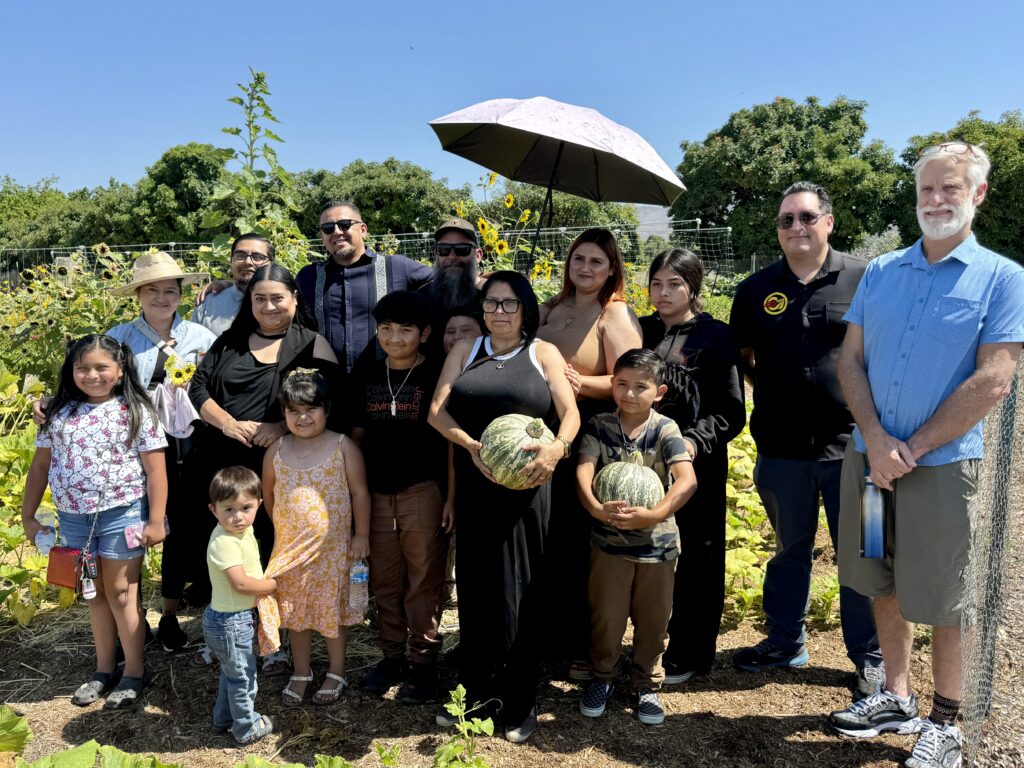
When Carver Elementary kindergartener Julian Escalera was asked to bring a pumpkin to school last Halloween, he was a bit hesitant. After all, how many people have seen a green and white pumpkin?
Julian had spent most of the prior summer with his grandfather — an avid gardener — growing the unique pumpkins common in the area surrounding his grandfather’s hometown in Michoacán, Mexico. Their unorthodox appearance made Julian question how his classmates would react, but when his grandfather was unexpectedly admitted to the hospital, suddenly the pumpkins became so much more than a holiday decoration.
With some convincing from his mother, Julian finally decided to bring some of the pumpkins to class. To his delight, everyone absolutely loved them. Julian’s teacher, Mrs. Evans, proudly displayed the green pumpkins among the orange ones for all to admire. No one in the class had ever seen, let alone heard of, a pumpkin in any other color than orange.
It wasn’t until people started to take notice of Julian’s pumpkin that its cultural and educational significance became evident.
Culture in the classroom
“This is actually something that’s very important when it comes down to the full inclusion of a student in a classroom,” Jimmy Bruhl said, principal of Carver Elementary, which is in the Santa Ana Unified School District. “It incorporates learning about the whole child and its family and community connections, versus just the typical traditional things we teach our kids, like Thanksgiving.”

Bruhl further explained how the pumpkin symbolizes the different cultural backgrounds of many students. Like Julian, these students may feel unsure of how to share their differing upbringings, which is why it’s so vital for schools to encourage it as part of their education.
This kind of learning is known as social-emotional learning, which ties events or lessons in the classroom to something personal to foster relationship skills, along with self and social awareness. Not only did the pumpkins provide an opportunity for Julian to learn more about his family’s heritage, but they also served as a lesson for his classmates, teacher and even other staff, like Principal Bruhl.
As much value as these pumpkins already held, their significance deepened when Julian’s grandfather passed away shortly after Julian had brought them to school. What was once a symbol of the celebration of Mexican culture now became a tribute to something much more profound: life.
Around the same time, Moises Plascencia, the coordinator of farm-to-school programs in Santa Ana, learned of the pumpkins and their story. He had asked to keep a pumpkin in his office, and in a completely fortuitous event, Jason Suppes, a community education specialist at the UC South Coast Research and Extension center, stopped by for an unrelated visit.
After noticing the odd pumpkin in Plascencia’s office and hearing of its backstory, Suppes immediately felt inspired to grow the pumpkins on a much larger scale at the research center, which is dedicated to agricultural research.
Planting new seeds
Just like the original pumpkins’ appearance, the new crop displayed unusual characteristics while growing.
“In farming, there’s this term we use — ‘vigor’ — when talking about the growth of plants,” Suppes said. “In all my years of farming, I’ve never seen anything grow as vigorously as these pumpkins.”

Suppes detailed how the pumpkin seeds germinated in less than 48 hours, a remarkable feat, but were soon after swarmed by cucumber beetles — often a death sentence for weaker plants. However, the pumpkins managed to not only survive, but thrive, which Suppes attributes to their uncommon level of vigor.
After sharing this story with the family during their visit to the research center to see all of the pumpkins, Julian’s grandmother laughed and proudly explained that the pumpkins perfectly mirrored her late husband’s personality: strong-rooted and hard working.
While Julian may not have fully grasped the significance of his grandfather’s pumpkins and their impact at the time, his memories of spending summer days gardening with his grandfather are now preserved in those very pumpkins — symbols of the passion and care his grandfather invested.
Through these pumpkins and their seeds, his grandfather’s memory will endure, passing from generation to generation.
